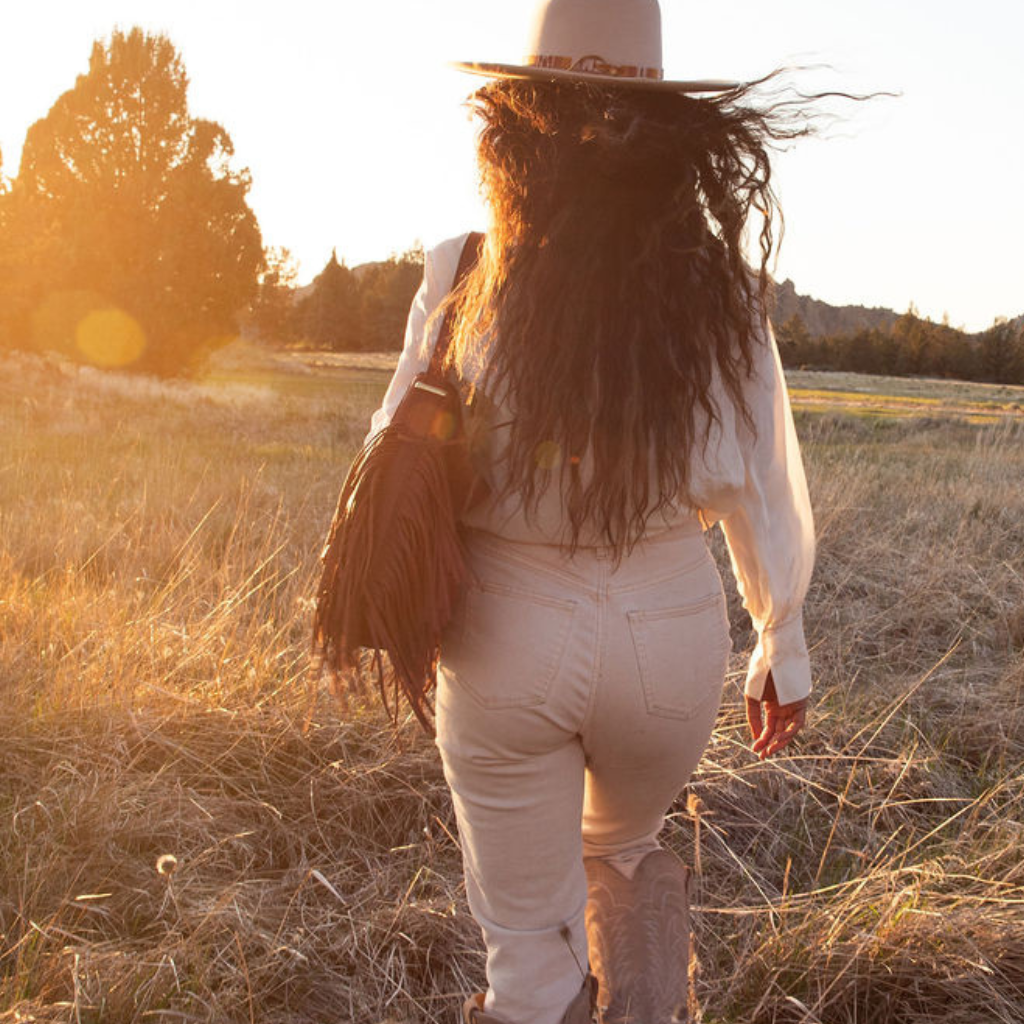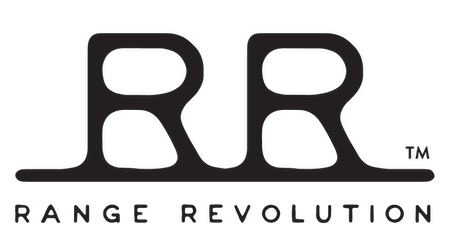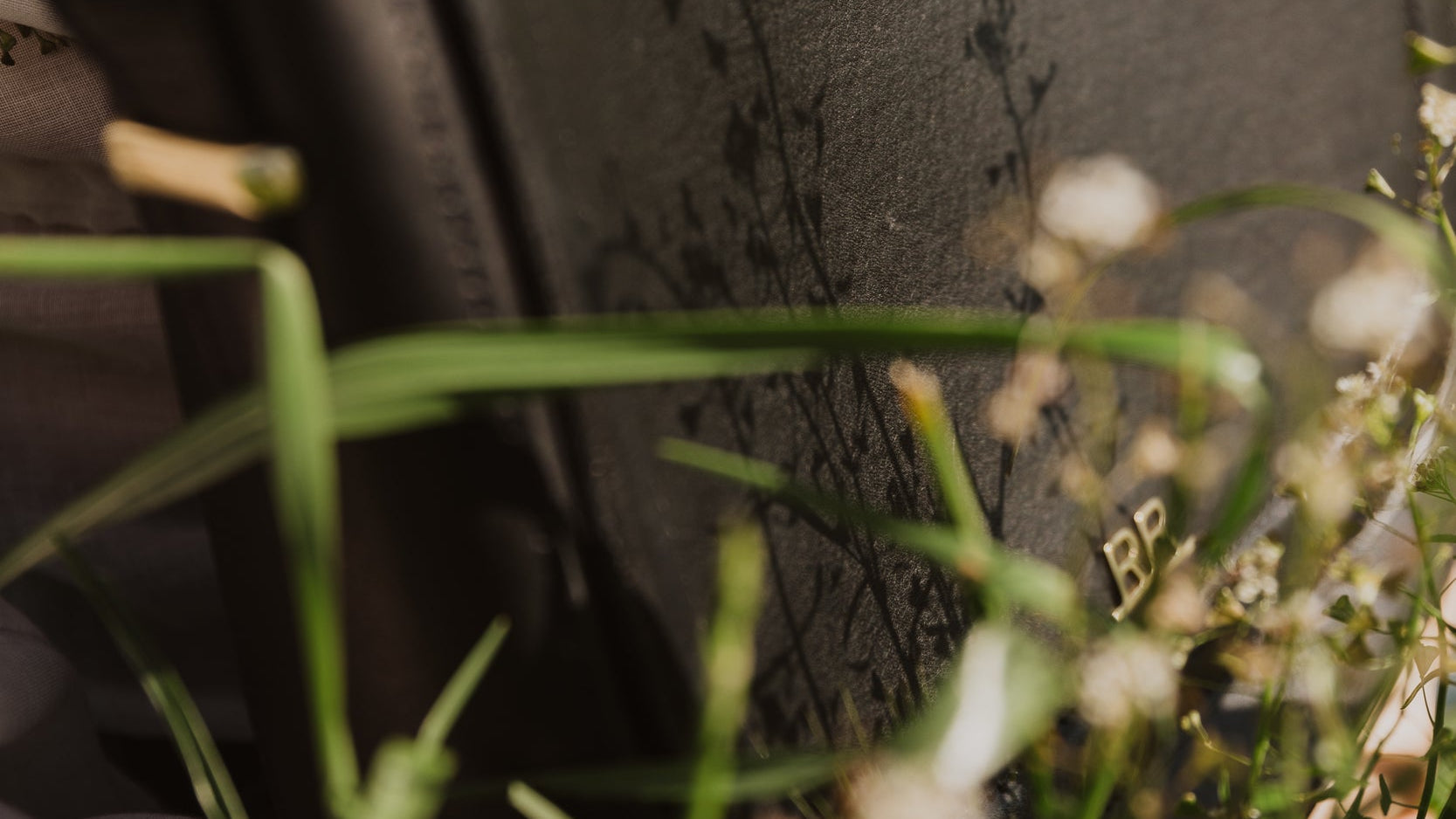
What Regenerative Really Means in Fashion
A buyer's guide to understanding what you're actually paying for
"Regenerative" has become fashion's latest buzzword, appearing alongside “ethical” and “sustainable” on everything from cotton t-shirts to leather handbags. But if you're considering spending money on clothing or accessories marketed this way, here's what you actually need to know before you buy.

What Regenerative Actually Means
When you see the term “Regenerative,” it means that the product you’re buying comes from materials grown or raised on land managed to improve over time—building soil health, supporting wildlife, and sequestering carbon. It's the opposite of conventional agriculture that depletes land. Think of it as farming that leaves the earth better than it found it.
The term will be used when you come across natural fibers and material. Cotton grown on soil that gets healthier each season, wool from sheep grazing on restored grasslands, leather from cattle raised on thriving rangelands all fall under this approach.
Why This Matters for Your Purchase
Understanding this matters because it directly affects what you're getting for your money. There are three key reasons responsible sourcing makes a difference in what you buy.
- Quality: Plants and animals raised on healthy, diverse land produce superior materials. Cotton has stronger fibers, wool has better crimp and resilience, leather develops unique grain structure. These materials age better and last longer.
- Longevity: These materials are typically processed using traditional methods, not rushed industrial processes. This creates textiles that improve with age—cotton that softens beautifully, wool that maintains its structure, leather that develops character over decades.
- Value: You're buying into supply chains built for the long term, not quick extraction. That usually means better materials, traditional craftsmanship, and pieces designed to last.
So how do you tell if what you're buying is genuine? Not all brands using these terms are doing the actual work.
Red Flags vs. Real Indicators
When evaluating any brand's claims, these are the warning signs and positive signals to watch for.
Red Flags:
- Vague claims about "sustainable sourcing" without specifics
- No mention of where materials actually come from
- Focus on the company's values rather than farming practices
- Ethical claims as just one bullet point in a list of eco-benefits
- No explanation of what makes their approach different
Real Indicators:
- Names specific farms, ranches, or regions
- Mentions third-party verification programs
- Explains actual land management practices used
- Shows ongoing monitoring and measurement of outcomes
- Talks about soil health, grazing patterns, crop rotation, biodiversity
- Discusses processing methods that preserve material quality
Once you know what to look for, here's how to dig deeper.
Questions to Ask Any Brand
Before you spend your money, ask:
"Can you tell me where these materials came from?" Real responsible sourcing means traceability to specific places, not vague regional claims. They should be able to name farms or cooperatives.
"What verification system do you use?" Look for ongoing monitoring programs that track actual outcomes—soil health, carbon sequestration, biodiversity—not one-time certifications.
"How do you define regenerative?" They should explain farming practices like cover cropping, rotational grazing, or integrated pest management in concrete terms—not just marketing speak.
"How does your pricing support the farmers or people that produce your products?" True sustainable supply chains pay premiums to support land stewardship. If they can't explain this, they're probably just buying commodity materials.
"What happens in processing?" Responsible sourcing should extend beyond the farm to mills, tanneries, and manufacturing. Ask about dyes, finishes, and waste management.
"How is this different from organic?" Ethical land management goes beyond organic's focus on what not to use—it actively builds ecosystem health. Brands should be able to explain this distinction.
If a brand can answer these questions clearly, you're likely looking at the real thing.
What You're Really Buying
When you invest in genuinely sustainable fashion, you're participating in a fundamentally different relationship with the materials that make your clothes. Rather than supporting extractive systems that deplete resources, your purchase becomes part of rebuilding agricultural communities and restoring landscapes.
Authentic sustainable fashion represents a different economic model entirely—one where quality materials command prices that support better stewardship, where traditional craftsmanship is valued over speed, and where the goal is creating pieces that improve with age rather than fall apart after a season.
Brands We Love
- COED - Regenerative, organic cotton basics
- Indigofera - Quality denim, outwear and blankets
- Ruadh - Artisanal craftsmanship & ecologically minded production - denim, jackets, basics
- Driftless Goods - 100% wool, plastic-free garments and outerwear
- Duckworth Wool Clothing - Montana-grown wool apparel
- BaYou With Love - Responsibly sourced fine jewelry
- Havstad Hat Co. - Cowboy hates created by our founder Cate




Leave a comment
This site is protected by hCaptcha and the hCaptcha Privacy Policy and Terms of Service apply.